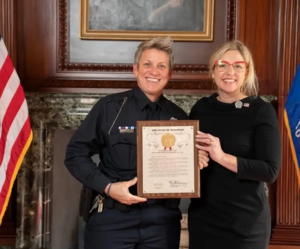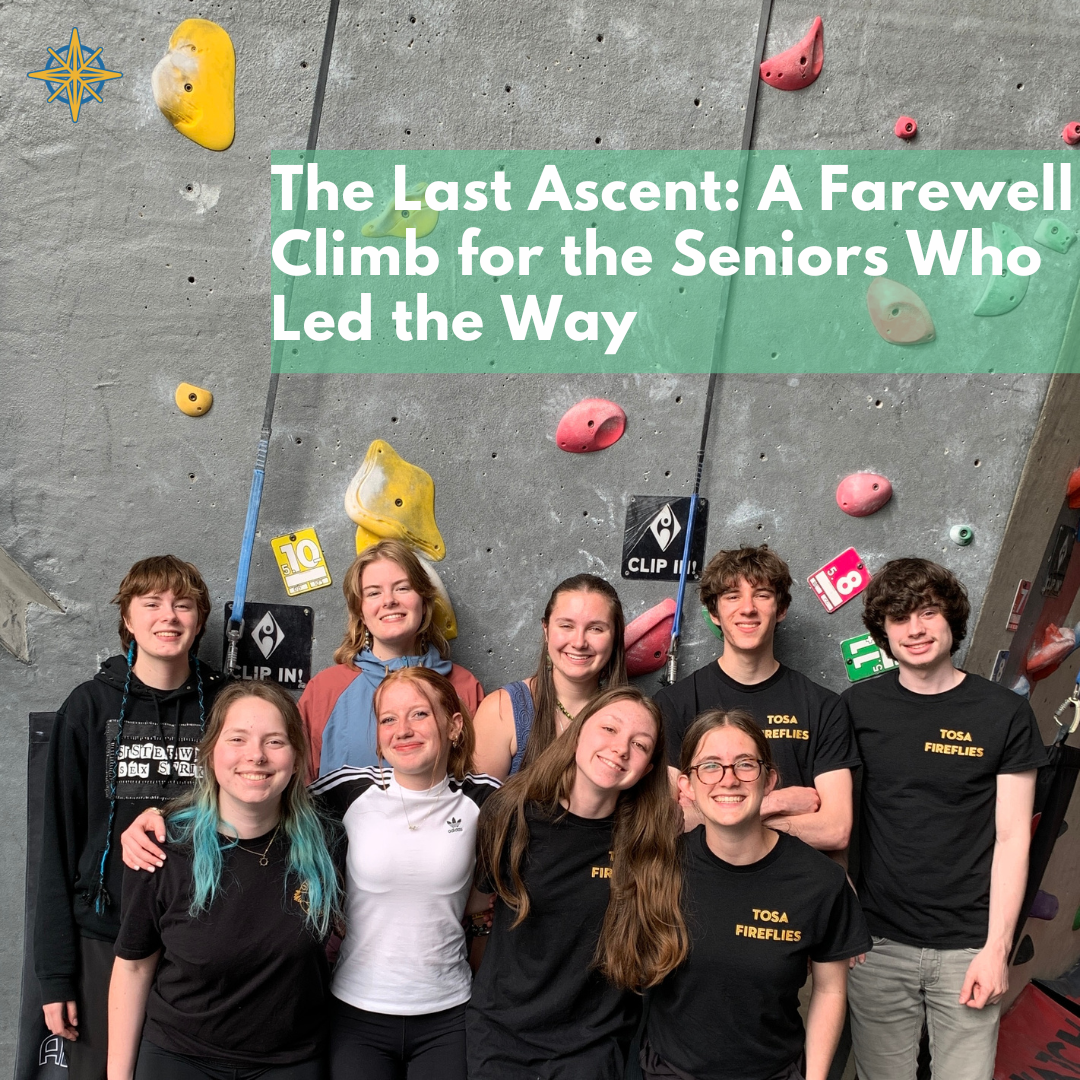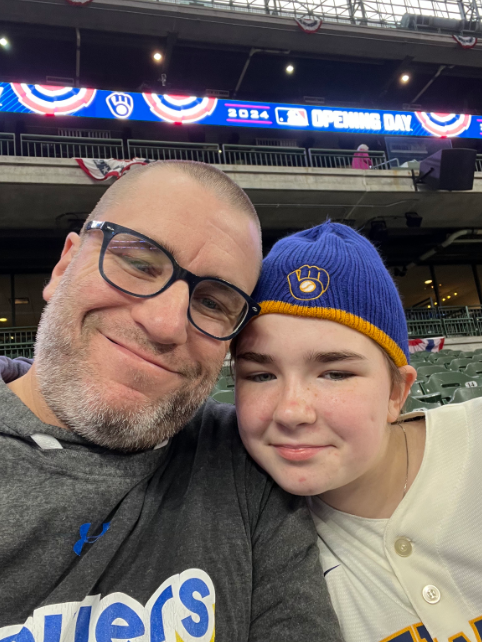Editorial: Concurrent Learning Undermines Student Wellbeing
January 13, 2021
Wauwatosa high school students were made aware, on Wednesday, January 13, of the switch to concurrent hybrid learning to begin at second semester. Although the Tosa Compass supports the Wauwatosa School District’s goal of providing quality education that is meaningful, engaging, and active, the Tosa Compass is first and foremost a student publication that aims to amplify the voices of Wauwatosa youth. Therefore the Tosa Compass echoes secondary students’ sentiment and insists that a concurrent learning model will undermine students’ education while harming mental and physical health.
Fundamentally, synchronous learning via Zoom is not the same as in-person instruction, and should not be treated as such. Beyond the technical difficulties concurrent learning poses, engaging high school students over video is extremely difficult. Spending valuable class time interacting with students through a computer screen will take away from the education in-person students should be receiving. Not only is concurrent learning a challenge for students, but it is also nearly impossible for teachers who are quite literally forced to instruct two classes at once. Students appreciate the actions and intense effort teachers have put into instruction in the hybrid model over the past semester. A switch to the concurrent model would not only require a substantially greater amount of time and effort by teachers who already risk their lives to instruct students but also poses the risk of the quality of education being harmed. Maximizing the efficiency of in-person learning should be the priority, not making it more difficult for teachers and students alike.
In such an uncertain world, it is extremely important to give students power via control over their daily lives. High school students are learning to be independent young adults and are more than capable of creating and managing their own schedule, as they have been doing for the past semester. Although a concurrent model may be beneficial to younger students at the middle school level who require closer guidance, it should not be treated as a band-aid to cover high school students who have very different needs. The proposed model does not allow students the flexibility to plan their daily routine around their personal needs or prioritize their mental and physical health. Most importantly, the concurrent model of instruction disproportionately affects students who have unsteady Internet access and additional family responsibilities. These students will be disadvantaged by being required to adhere to a strict schedule.
Although students would not be on Zoom the entire school day in the proposed concurrent model, students would still have to be present at their computers for the duration of the school day. Completing work, checking Canvas, and collaborating with peers all require students to be active on a screen. During the previous model of asynchronous instruction, students were able to physically distance themselves from their screens as needed. If the school district chooses to go on with the concurrent model, the opportunity for these vital breaks and interactions with the world beyond the screen will be limited. Undoubtedly, this excessive screen time deteriorates students’ mental health.
By converting to the concurrent learning model, the Wauwatosa School District does not serve its students properly. Concurrent learning has a negative impact on students’ mental health, imposes on teachers’ ability to teach effectively, and takes away the limited power students have over their daily lives and schedules. Simply put, the risks to students posed by converting to a concurrent model of instruction are too high. The Tosa Compass calls on the Wauwatosa School District to redress their decision regarding concurrent learning and consider the unique and valid needs of middle and high school students as separate entities.















Lucy Hildebrand — Jan 14, 2021 at 5:40 pm
I think having us on our computers for 7 hours a day, because even though we won’t be on Zoom the whole time, we’re effectively going to be implied we are supposed to, I think it will create a lot of burnout and run motivation low. No one is going to want to do more homework or late work after going to 5-7 classes.
Kaelie — Jan 13, 2021 at 10:21 pm
The concurrent learning model makes it difficult not only on students but teachers as well. It’s frustrating that just as hybrid was starting to work well the district comes and snatches it out from under us.
Alex Lewis — Jan 13, 2021 at 9:57 pm
If possible, could the editorial staff create a petition to show the school district our support for the revision of the concurrent learning model?
Natalia Luchini — Jan 13, 2021 at 8:44 pm
“By converting to the concurrent learning model, the Wauwatosa School District does not serve its students properly. Concurrent learning has a negative impact on students’ mental health, imposes on teachers’ ability to teach effectively, and takes away the limited power students have over their daily lives and schedules.“